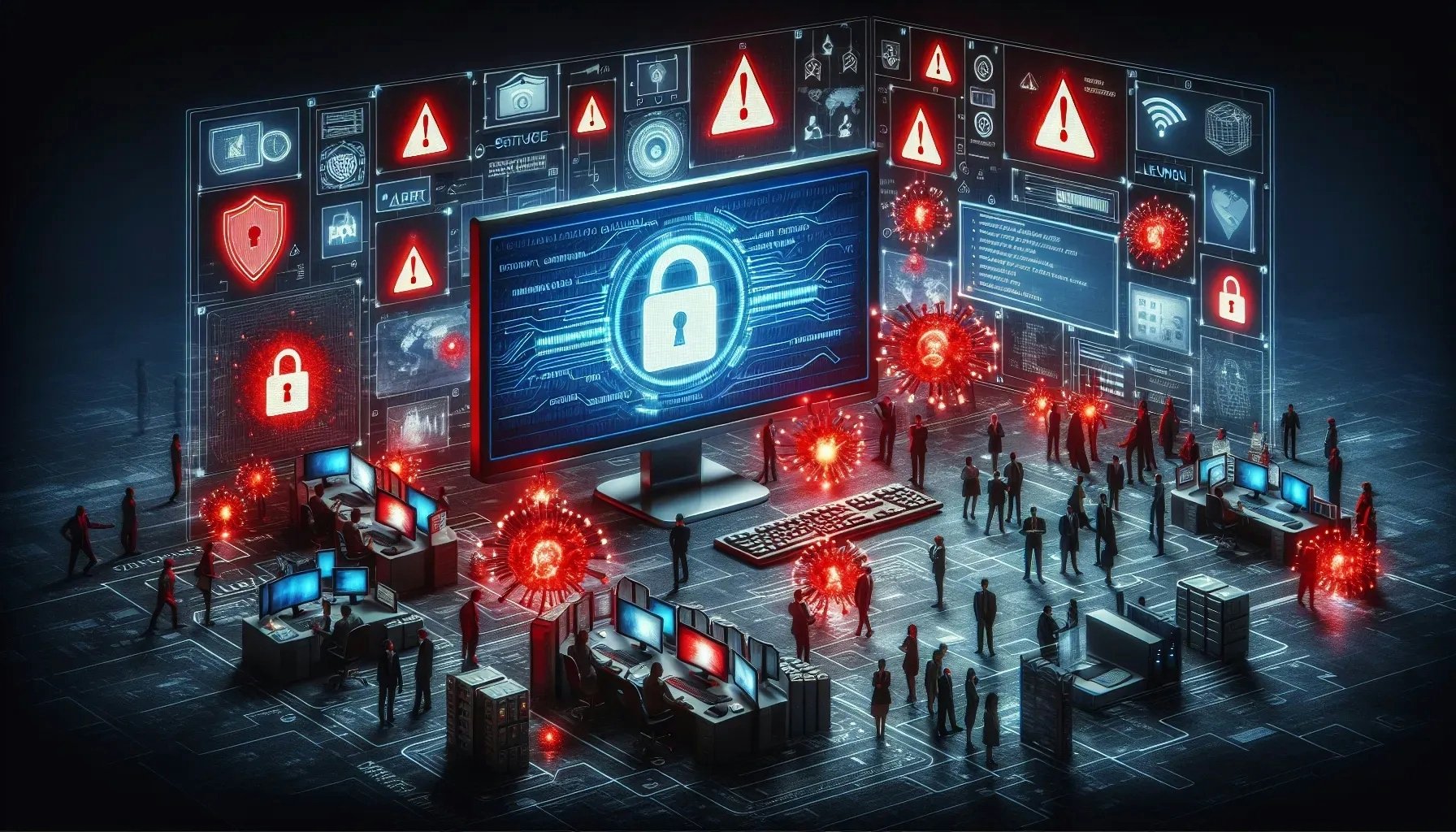Which Incident Response Best Practices are Indispensable During a Security Breach?
In the face of a security breach, having a solid incident response plan is critical. We've gathered six indispensable best practices from CEOs and marketing directors, ranging from prioritizing incident impact to immediately isolating affected systems. These insights offer a roadmap to effectively managing a crisis and safeguarding your organization's integrity.
- Prioritize Incident Impact
- Implement Clear Communication Plans
- Predefine Roles for Rapid Mobilization
- Communicate Transparently with Stakeholders
- Establish a Strong Communication Framework
- Isolate Affected Systems Immediately
Prioritize Incident Impact
Incident prioritization is an important practice in our response strategy during a breach. We prioritize incidents based on their impact. We view incident prioritization as a way to manage the health of our IT systems—emergencies with a potential major impact on business operations demand a fast response, but minor issues in our system are treated as low-priority incidents.
When we are close to panicking, it's important to keep in mind that incidents vary in severity. A small problem causing a brief interruption? It's significant, but not disastrous. A server crash that stops our busy e-commerce site for an extended period? That situation might warrant some panic.
This is the importance of incident prioritization. Our effective incident management is based on concentrating on the impact of an issue rather than the sequence in which they appeared. In complex situations, the issue that arises first isn't always the one that needs immediate resolution.

Implement Clear Communication Plans
One indispensable best practice during a security breach is having a well-prepared incident-response plan (IRP) that includes clear communication channels. This plan ensures that every team member knows their role and how to act swiftly and efficiently. Immediate, transparent, and coordinated communication, both internally and externally, is crucial. It minimizes panic, ensures a unified response, and helps in managing stakeholders' expectations, significantly reducing the potential damage of the breach.

Predefine Roles for Rapid Mobilization
I've always placed a strong emphasis on developing effective incident-response strategies to protect our users and their data. The one best practice that works perfectly for us is predefined roles and rapid mobilization: In the heat of a security incident, every second counts. We've found that having predefined roles within our incident response team is indispensable. This setup ensures that when an alert comes through, everyone knows their responsibilities, leading to a swift and coordinated response. It's similar to the situation of a well-rehearsed orchestra springing into action, with each member playing their part to address the issue efficiently and effectively.
Communicate Transparently with Stakeholders
Quick and transparent communication with all stakeholders is an indispensable best practice in our incident-response strategy. In the event of a security breach, we prioritize immediate notification to affected parties, including clients, employees, and partners, detailing the nature of the breach, the data potentially impacted, and the steps we're taking to address the issue. This approach helps mitigate the damage by enabling timely protective actions and reinforces our commitment to transparency and accountability. Maintaining open lines of communication throughout the incident-response process has proven crucial in preserving trust and minimizing the long-term impact on our business relationships and reputation.
Establish a Strong Communication Framework
The best practice I'd like to highlight is setting up a strong communication framework. During a security incident, clear and robust communication is crucial. It's important to have an established communication structure in place, which includes various channels for both internal and external stakeholders. It's also good to create communication templates tailored for different audiences, and to make use of collaboration tools and channels that allow for real-time communication.
Being transparent and honest in all communications is vital, and it's necessary to consistently provide updates to keep all stakeholders in the loop. Managing communications during such incidents is a complex endeavor, and adhering to best practices ensures that the communication process is both effective and efficient.

Isolate Affected Systems Immediately
One incident-response best practice that has been indispensable for us during a security breach is to immediately isolate the affected systems to prevent further spread of the breach. By isolating the systems, we can contain the damage and limit the impact on our overall network. This allows us to focus on identifying the root cause of the breach and implementing necessary security measures to prevent future incidents. Remember, quick action is key in these situations to minimize the damage and protect your company's data.




